A kitchen sink is an essential fixture in any kitchen, used for washing dishes, preparing food, and cleaning hands and cooking utensils. It is a basin-shaped plumbing fixture that is typically installed below the kitchen countertop, and it is connected to the water supply and drainage system.What is a Kitchen Sink?
The definition of a kitchen sink is a large, basin-shaped plumbing fixture used for washing dishes, food preparation, and other kitchen tasks. It is an integral part of a kitchen's design and functionality, and it comes in various sizes, styles, and materials to suit different needs and preferences.What is the Definition of a Kitchen Sink?
The primary purpose of a kitchen sink is to provide a convenient and hygienic way to clean dishes and utensils, as well as to prepare food. It also helps to maintain the cleanliness and organization of the kitchen and is a crucial element in the overall functionality of the space.What is the Purpose of a Kitchen Sink?
There are various types of kitchen sinks available on the market, including single bowl, double bowl, triple bowl, farmhouse, undermount, top mount, and apron sinks. Each type has its unique features and qualities, and the choice ultimately depends on personal preference and the kitchen's design and layout.What are the Different Types of Kitchen Sinks?
The standard dimensions of a kitchen sink can vary depending on the type and style. However, the most common size for a kitchen sink is 22 inches long, 30 inches wide, and 8 inches deep. The size may also vary depending on the number of bowls and the overall size of the sink.What are the Standard Dimensions of a Kitchen Sink?
Kitchen sinks are made from a variety of materials, including stainless steel, porcelain, cast iron, granite composite, and fireclay. Each material has its unique characteristics and benefits, and the choice typically depends on factors such as durability, maintenance, and aesthetics.What are the Materials Used for Kitchen Sinks?
Stainless steel sinks are durable, easy to clean, and affordable, but they may scratch and dent easily. Porcelain sinks are elegant and traditional, but they are prone to chipping and staining. Cast iron sinks are durable and heat-resistant, but they are heavy and may require extra support. Granite composite sinks are durable and scratch-resistant, but they can be costly. Fireclay sinks are stylish and durable, but they can also be expensive.What are the Pros and Cons of Different Kitchen Sink Materials?
The process of installing a kitchen sink may vary depending on the type and style. However, the general steps include cutting a hole in the countertop, attaching the sink to the countertop, connecting the water supply and drainage, and sealing the sink to prevent leaks. It is essential to follow the manufacturer's instructions carefully and seek professional help if needed.How to Install a Kitchen Sink?
Some common problems with kitchen sinks include clogs, leaks, and scratches or stains on the surface. These issues can be prevented by properly maintaining and cleaning the sink, avoiding putting large food scraps down the drain, and using a sink mat or protective grid to prevent scratches.What are the Common Problems with Kitchen Sinks?
To maintain and clean a kitchen sink, it is recommended to use mild soap and water or a non-abrasive cleaner. Avoid using harsh chemicals or metal scouring pads, as they can damage the sink's surface. It is also essential to regularly remove any food debris or buildup in the sink and to wipe it dry after each use to prevent water spots.How to Maintain and Clean a Kitchen Sink?
The Importance of a Sink in Kitchen Design

Introducing the Kitchen Sink
 When it comes to designing a functional and efficient kitchen, the sink plays a crucial role. A
sink in kitchen
is not just a simple fixture for washing dishes, it serves multiple purposes and can greatly impact the overall design of your kitchen. From meal prep to clean up, the sink is an essential element that cannot be overlooked.
When it comes to designing a functional and efficient kitchen, the sink plays a crucial role. A
sink in kitchen
is not just a simple fixture for washing dishes, it serves multiple purposes and can greatly impact the overall design of your kitchen. From meal prep to clean up, the sink is an essential element that cannot be overlooked.
The Main Functions of a Kitchen Sink
 The primary function of a kitchen sink is to provide a space for washing and rinsing dishes, fruits, and vegetables. However, it also serves as a
main keyword
for food preparation. Having a sink close to the stove makes it easier to fill pots with water and wash produce while cooking. A sink also serves as a temporary storage space for dirty dishes, keeping them out of sight and avoiding clutter on countertops.
The primary function of a kitchen sink is to provide a space for washing and rinsing dishes, fruits, and vegetables. However, it also serves as a
main keyword
for food preparation. Having a sink close to the stove makes it easier to fill pots with water and wash produce while cooking. A sink also serves as a temporary storage space for dirty dishes, keeping them out of sight and avoiding clutter on countertops.
The Impact on Kitchen Design
 In addition to its practical functions, a sink can also greatly impact the
house design
of your kitchen. There are various styles, sizes, and materials to choose from, allowing you to customize the look and feel of your kitchen. A farmhouse sink can add a touch of rustic charm, while a sleek stainless steel sink can give a modern and contemporary look. The placement of the sink in relation to other kitchen fixtures also plays a significant role in the overall design and flow of the space.
In addition to its practical functions, a sink can also greatly impact the
house design
of your kitchen. There are various styles, sizes, and materials to choose from, allowing you to customize the look and feel of your kitchen. A farmhouse sink can add a touch of rustic charm, while a sleek stainless steel sink can give a modern and contemporary look. The placement of the sink in relation to other kitchen fixtures also plays a significant role in the overall design and flow of the space.
The Evolution of Kitchen Sinks
 Over the years, kitchen sinks have evolved to meet the changing needs and preferences of homeowners. Today, there are more options than ever, including double sinks, deep sinks, and even sinks with integrated cutting boards and drying racks. This allows for greater versatility and convenience in the kitchen.
Over the years, kitchen sinks have evolved to meet the changing needs and preferences of homeowners. Today, there are more options than ever, including double sinks, deep sinks, and even sinks with integrated cutting boards and drying racks. This allows for greater versatility and convenience in the kitchen.
The Final Touch
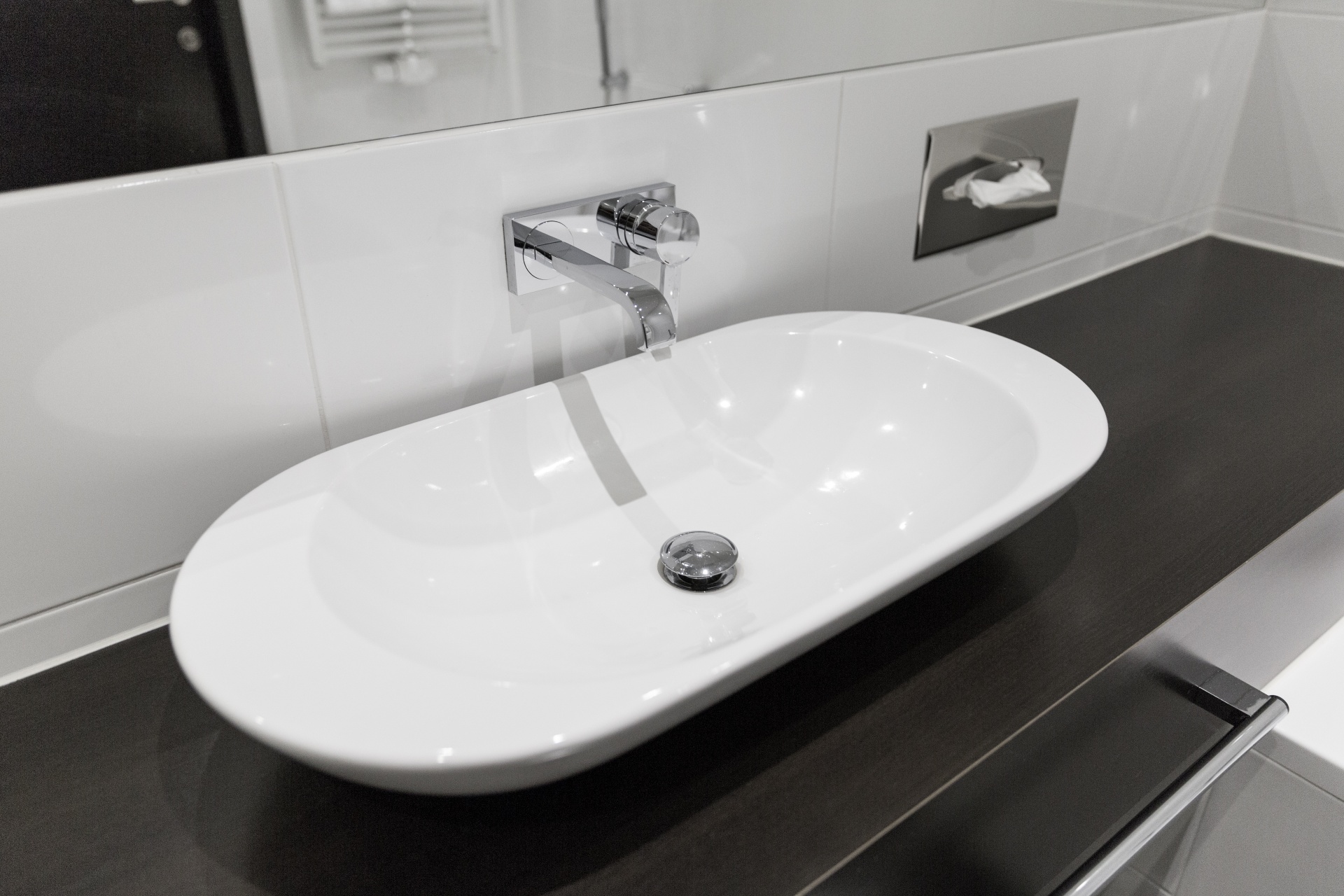 In conclusion, a sink in kitchen design is far more than just a basic necessity. It serves as a multifunctional fixture that impacts both the practicality and aesthetics of your kitchen. With the numerous options available, it is important to carefully consider the size, style, and placement of your sink to ensure it meets your needs and enhances the overall design of your home. So next time you're designing or renovating your kitchen, remember the importance of a sink and choose wisely.
In conclusion, a sink in kitchen design is far more than just a basic necessity. It serves as a multifunctional fixture that impacts both the practicality and aesthetics of your kitchen. With the numerous options available, it is important to carefully consider the size, style, and placement of your sink to ensure it meets your needs and enhances the overall design of your home. So next time you're designing or renovating your kitchen, remember the importance of a sink and choose wisely.
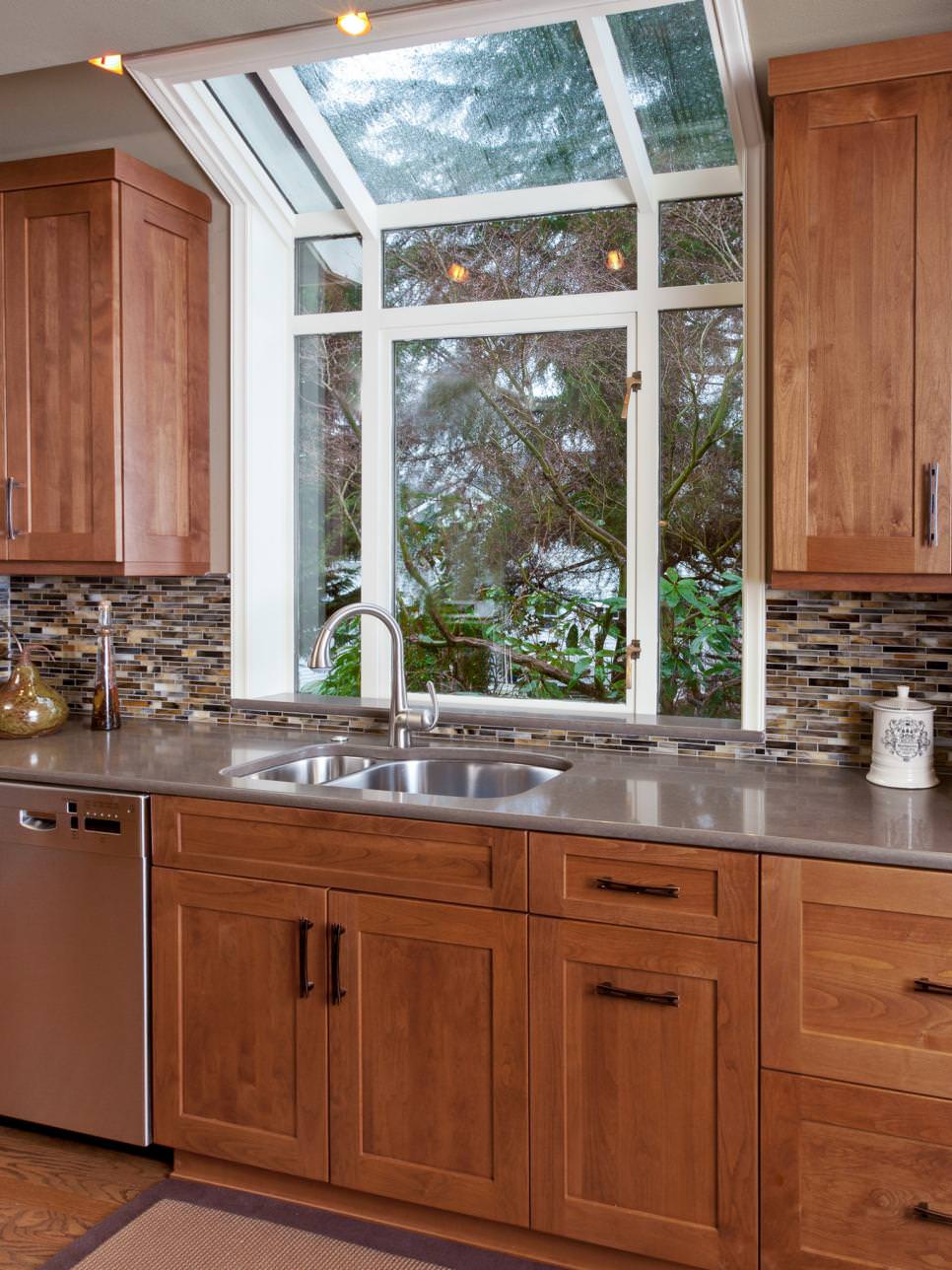
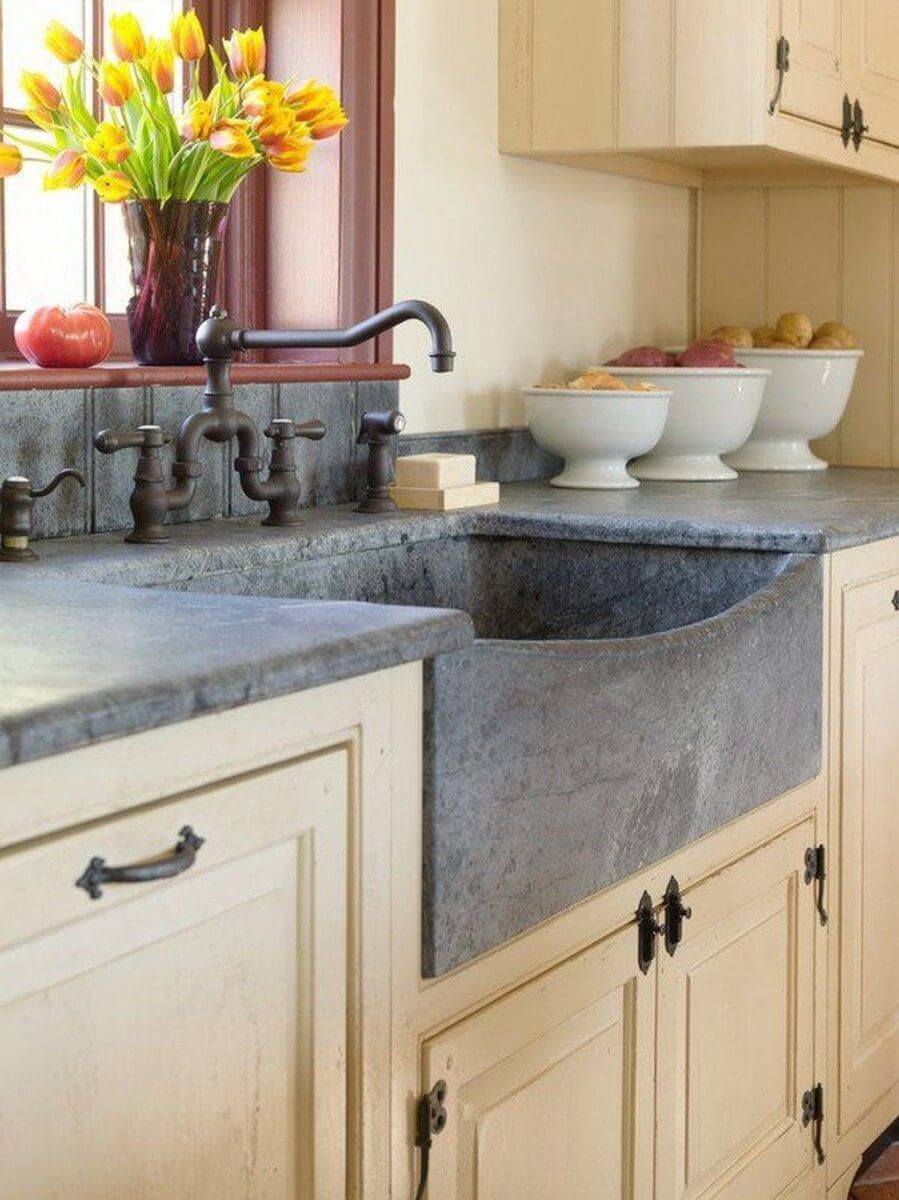


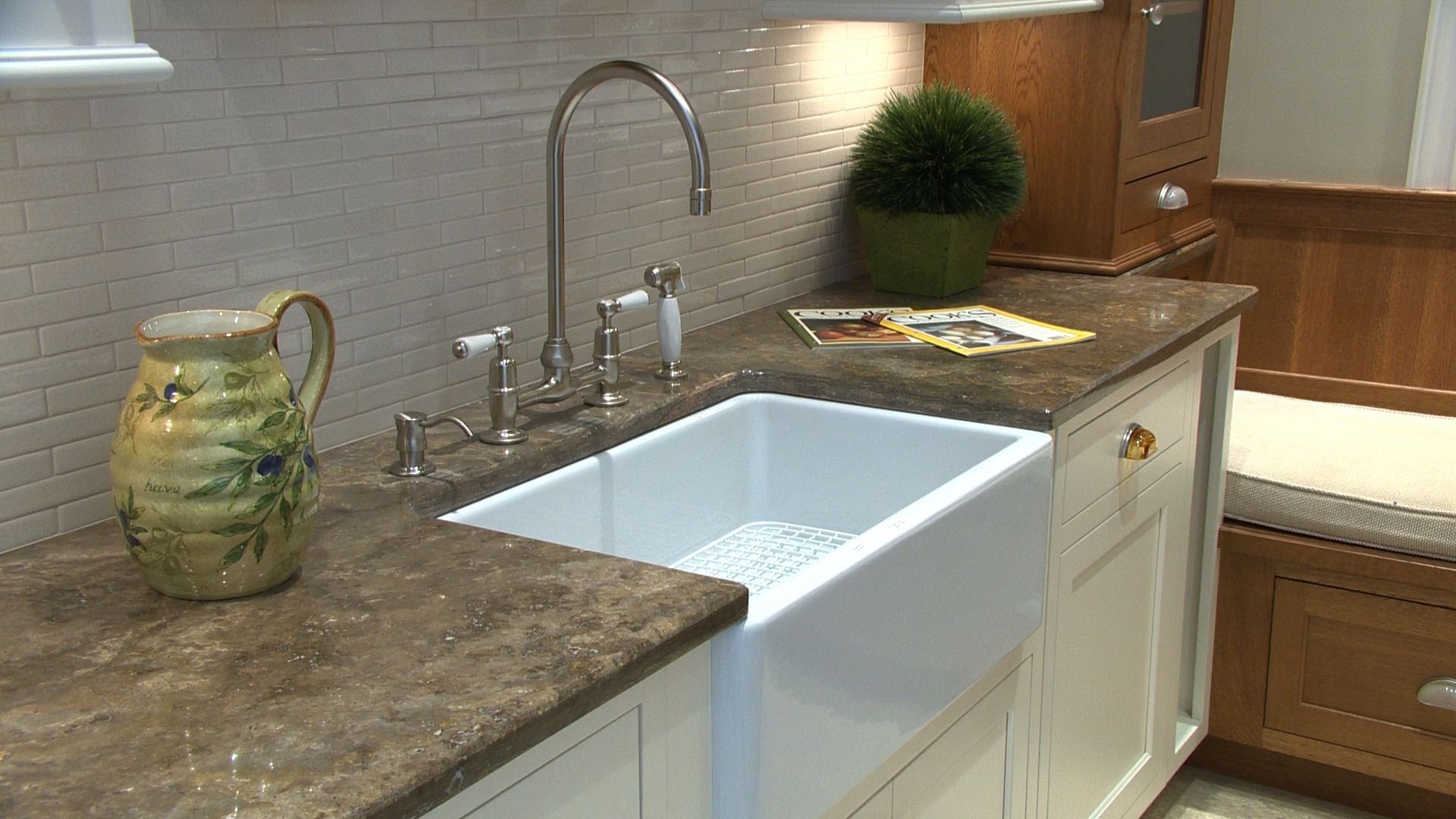
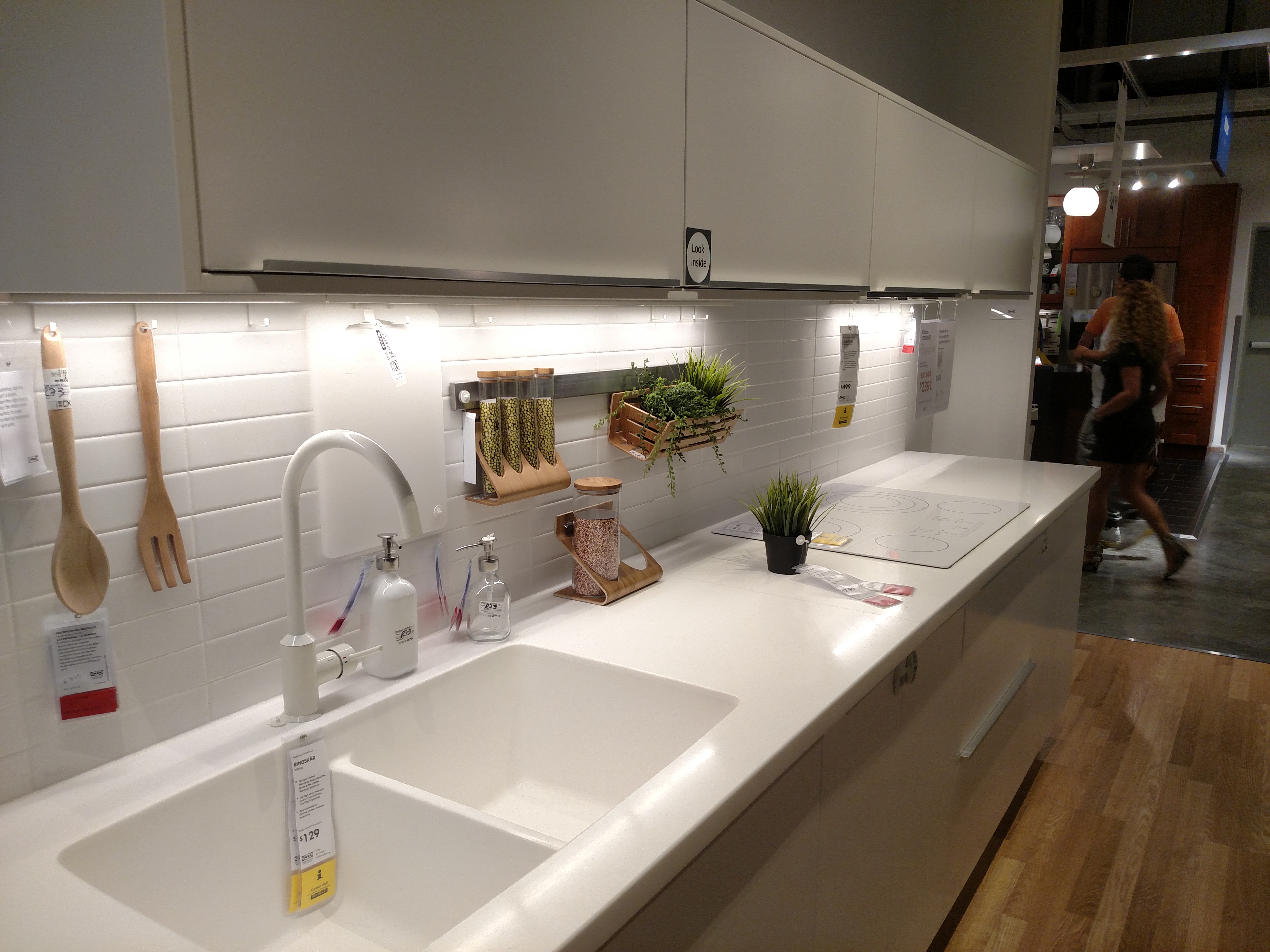
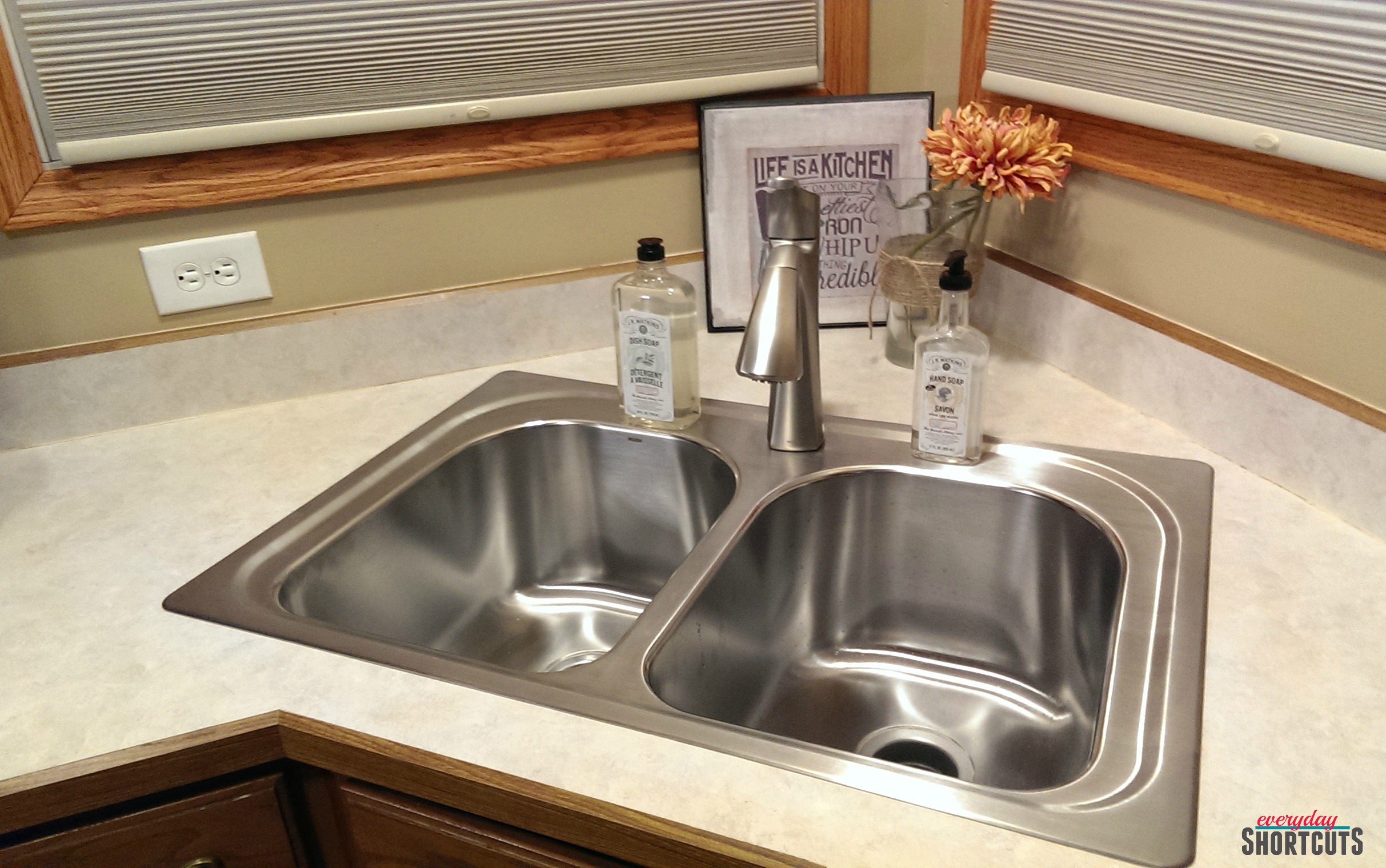
/interiors-of-the-kitchen-126173645-5835288f5f9b58d5b1b96af2.jpg)

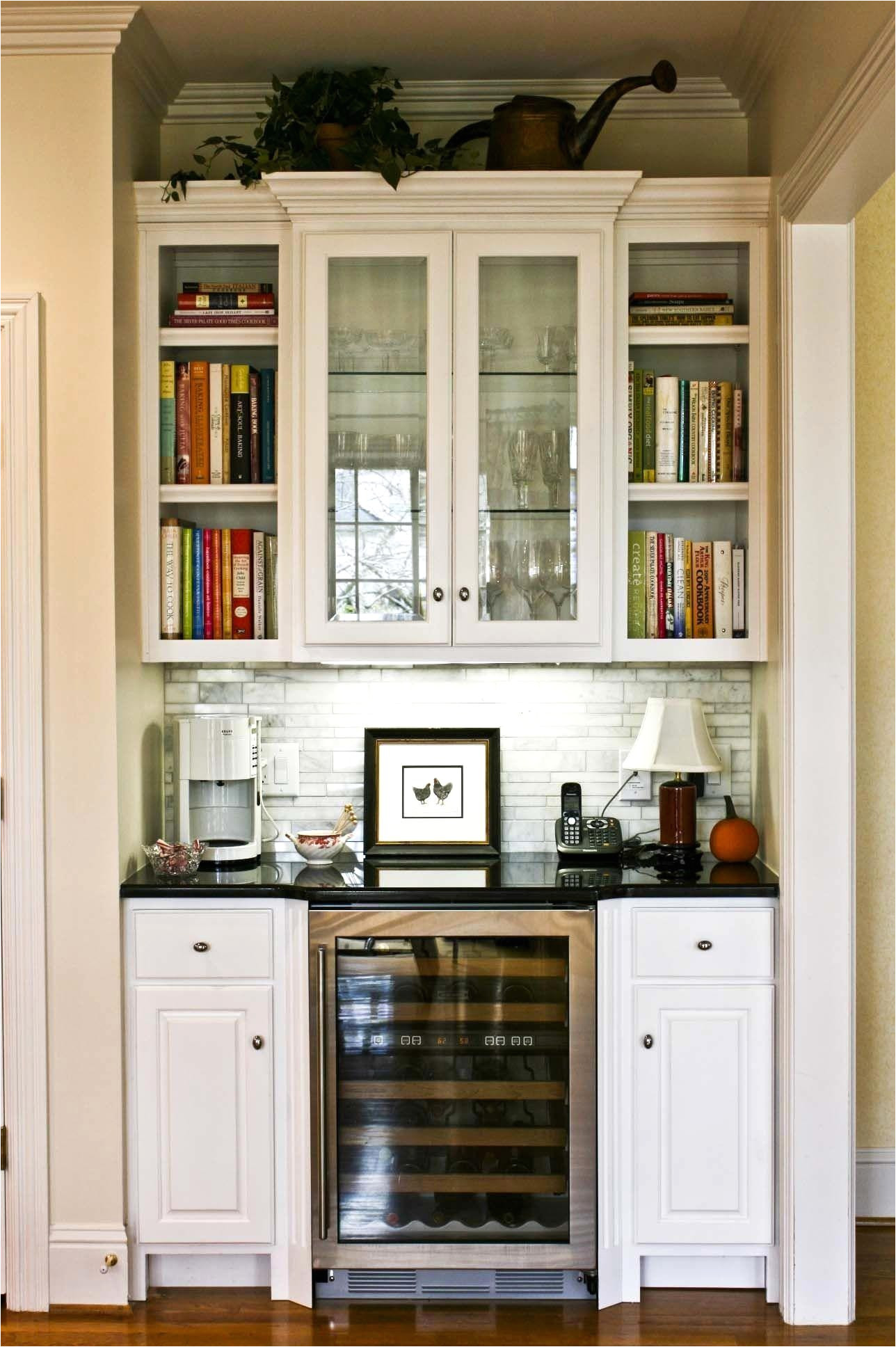









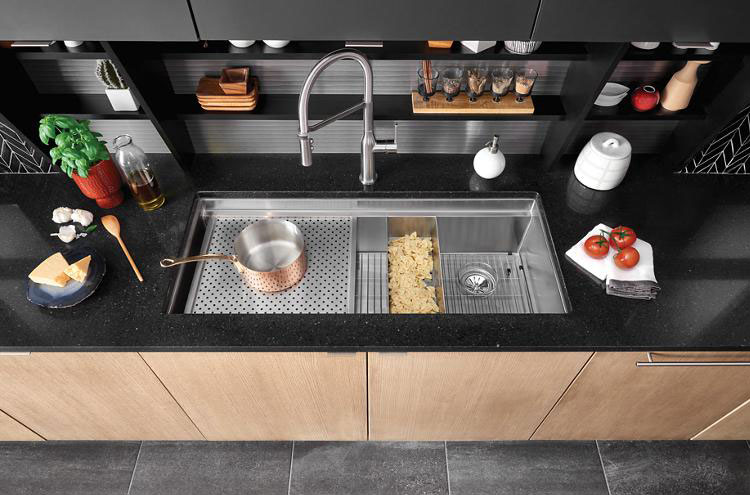

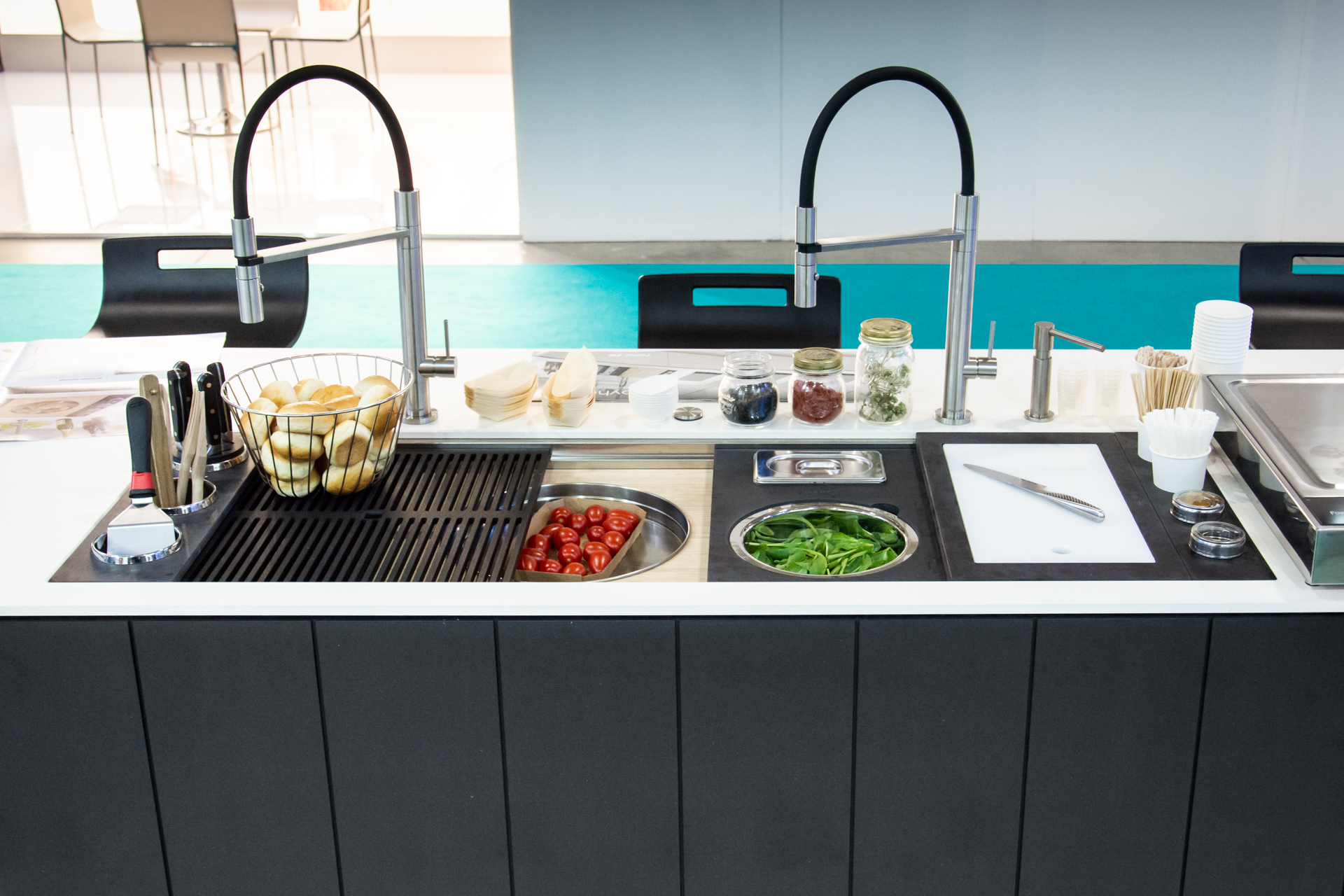



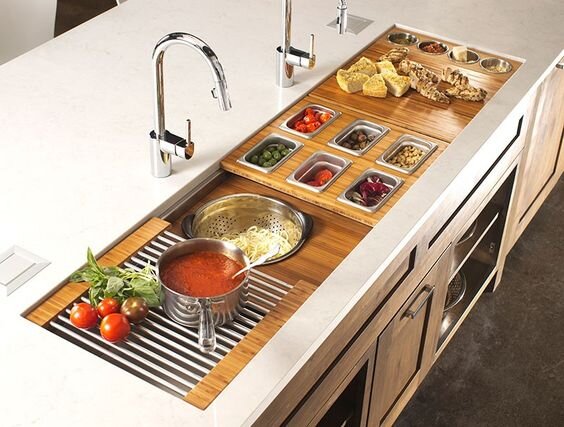

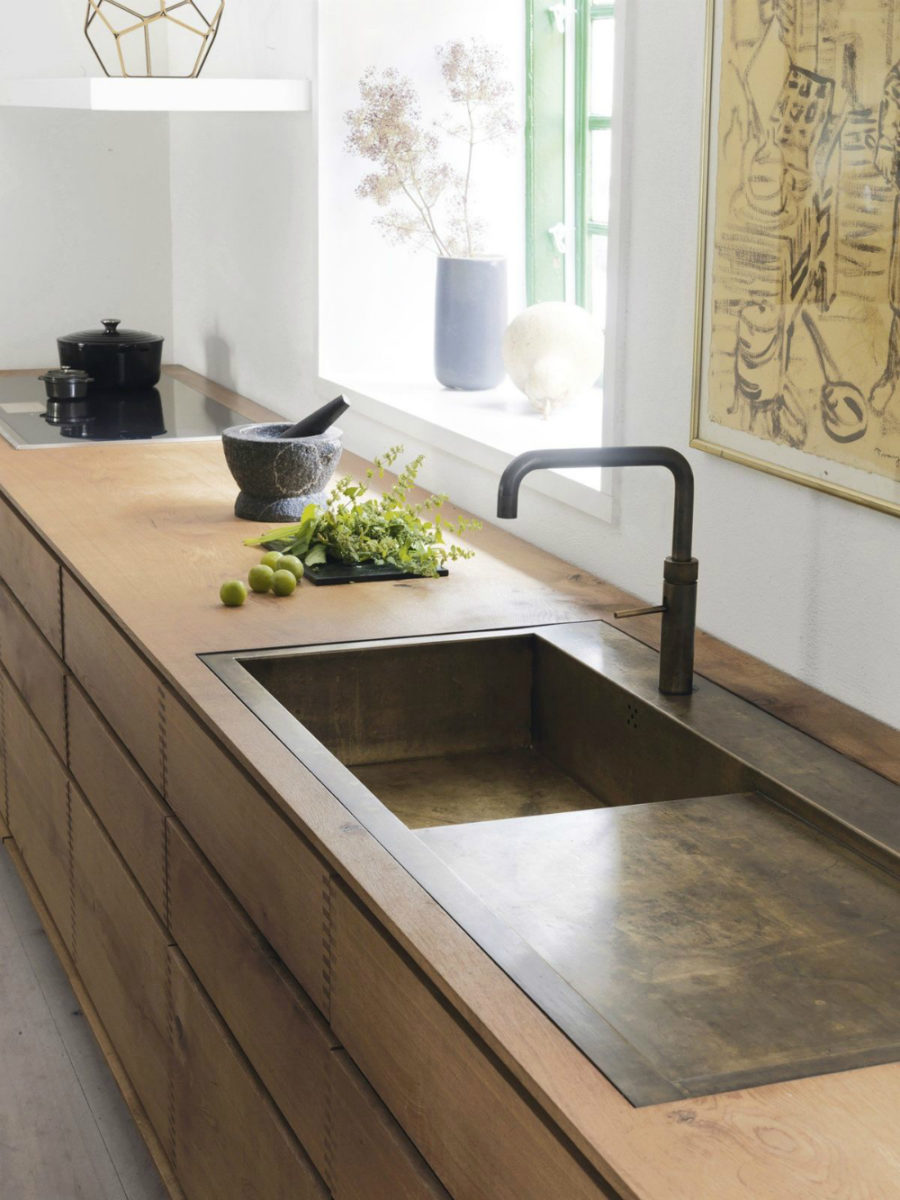


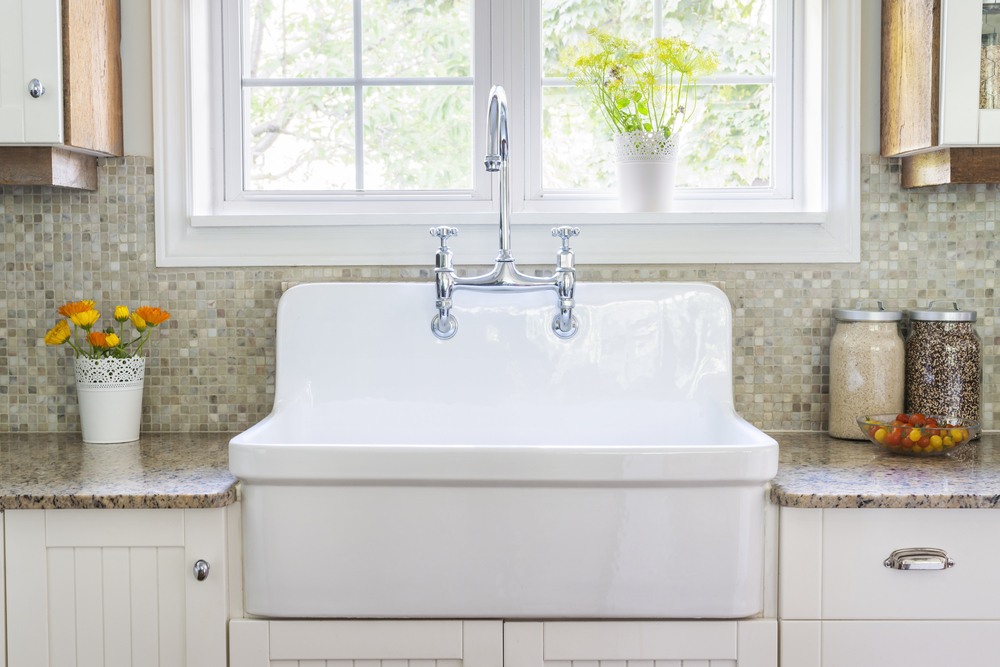






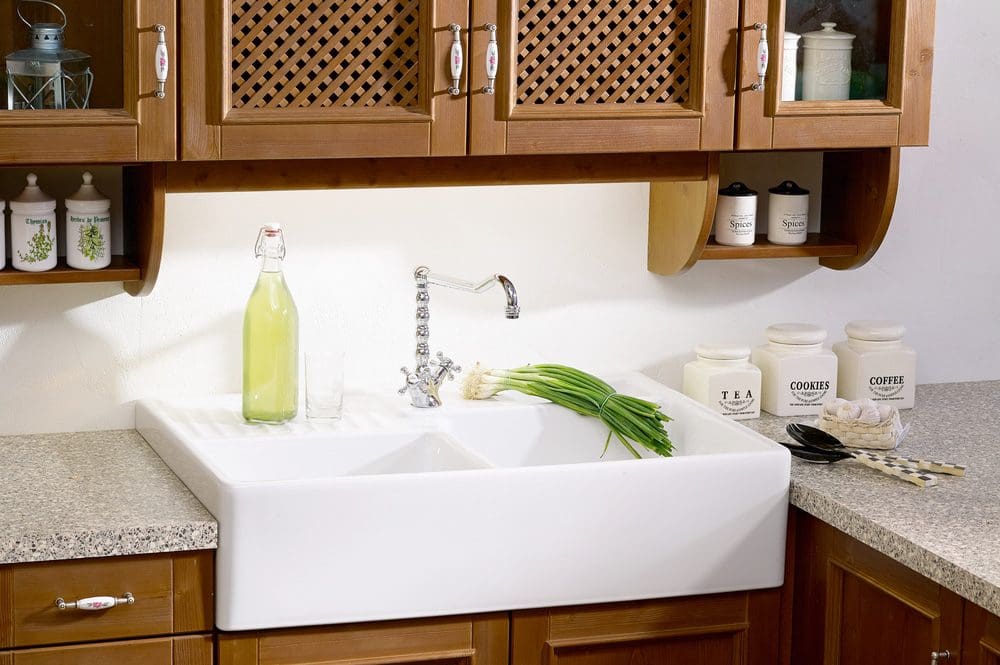











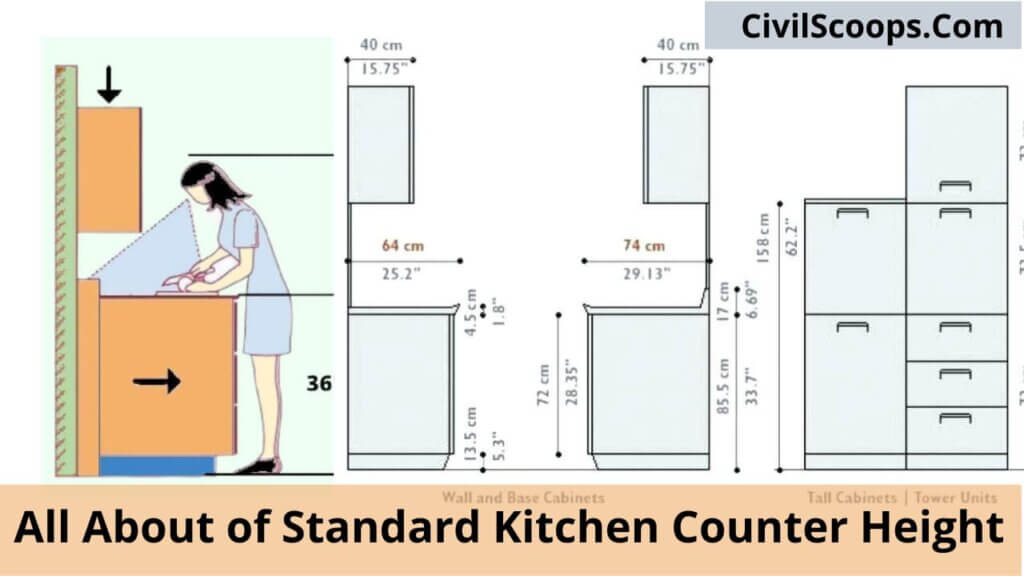


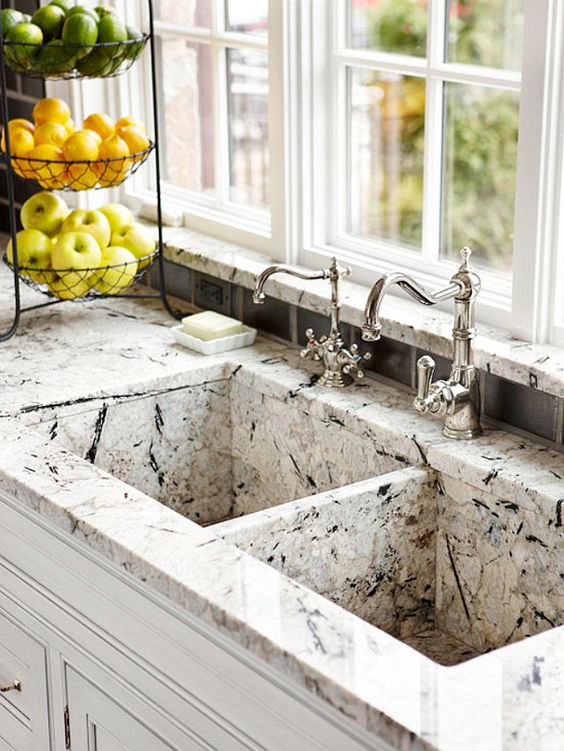
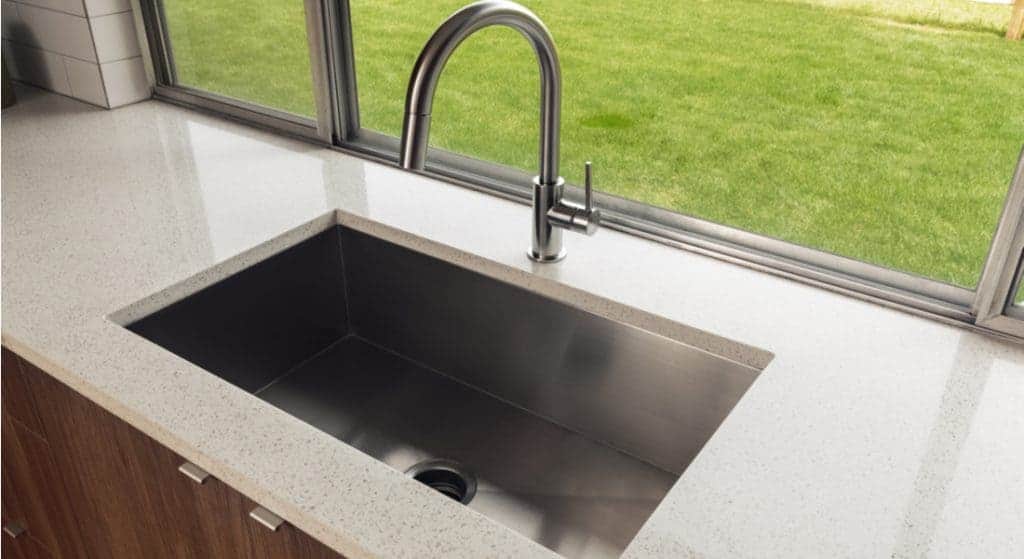
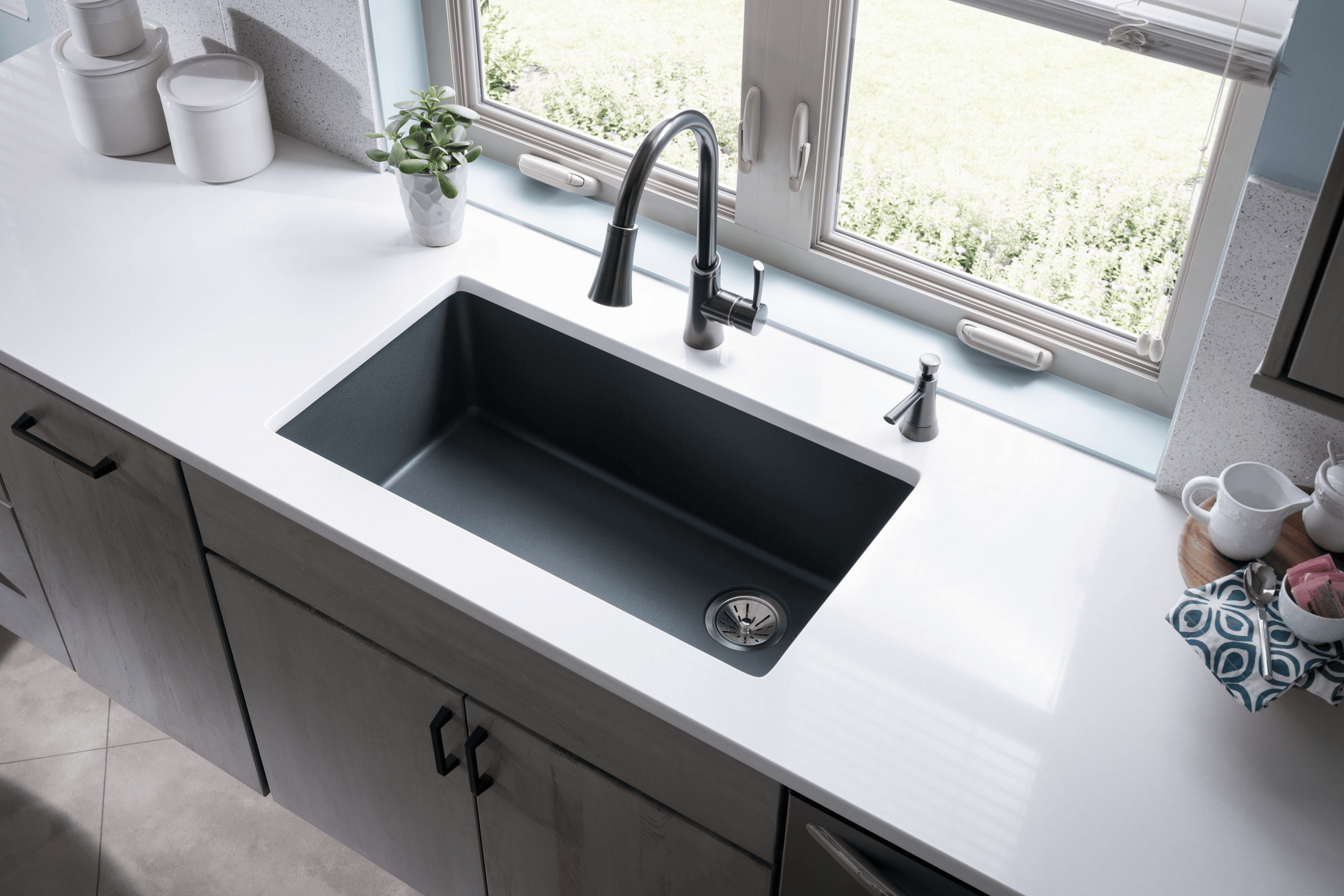

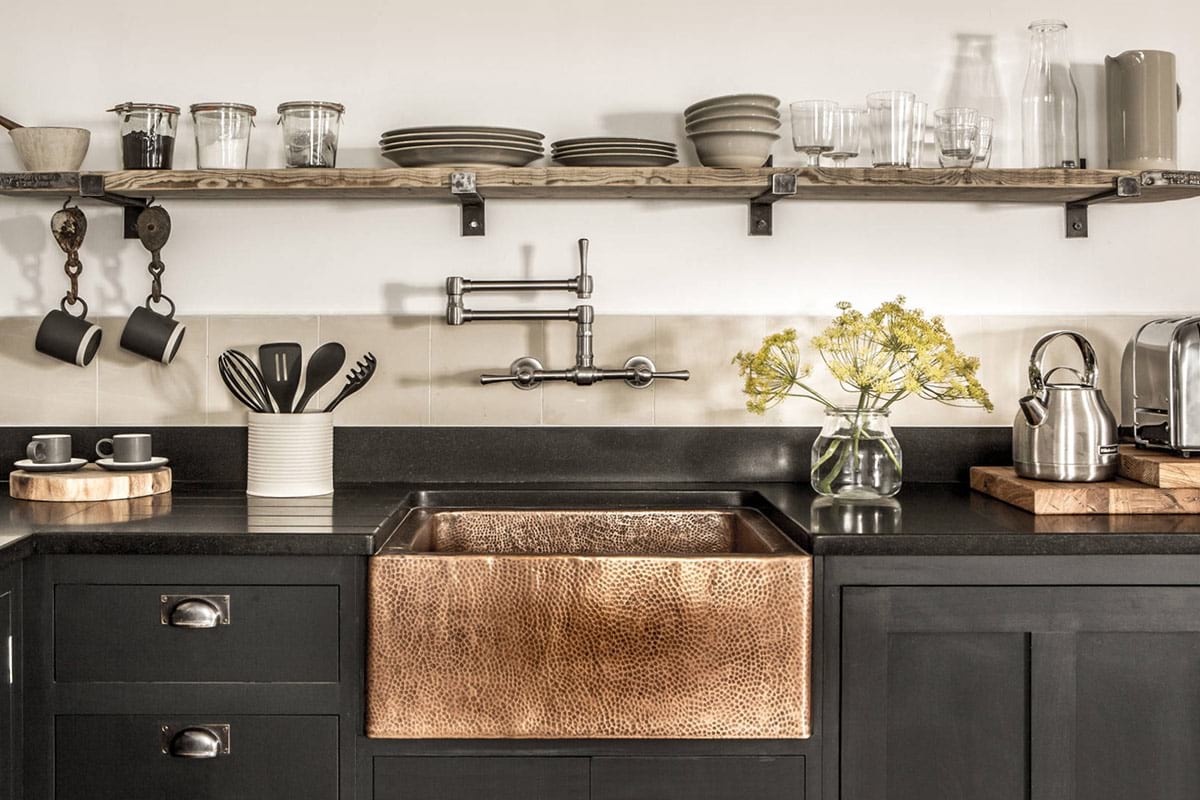


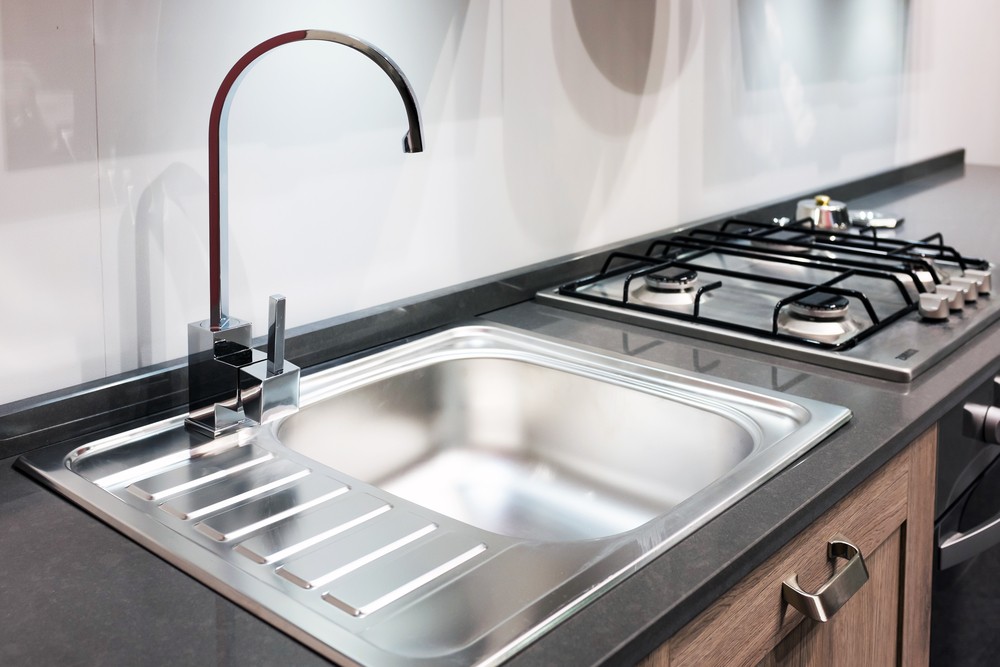




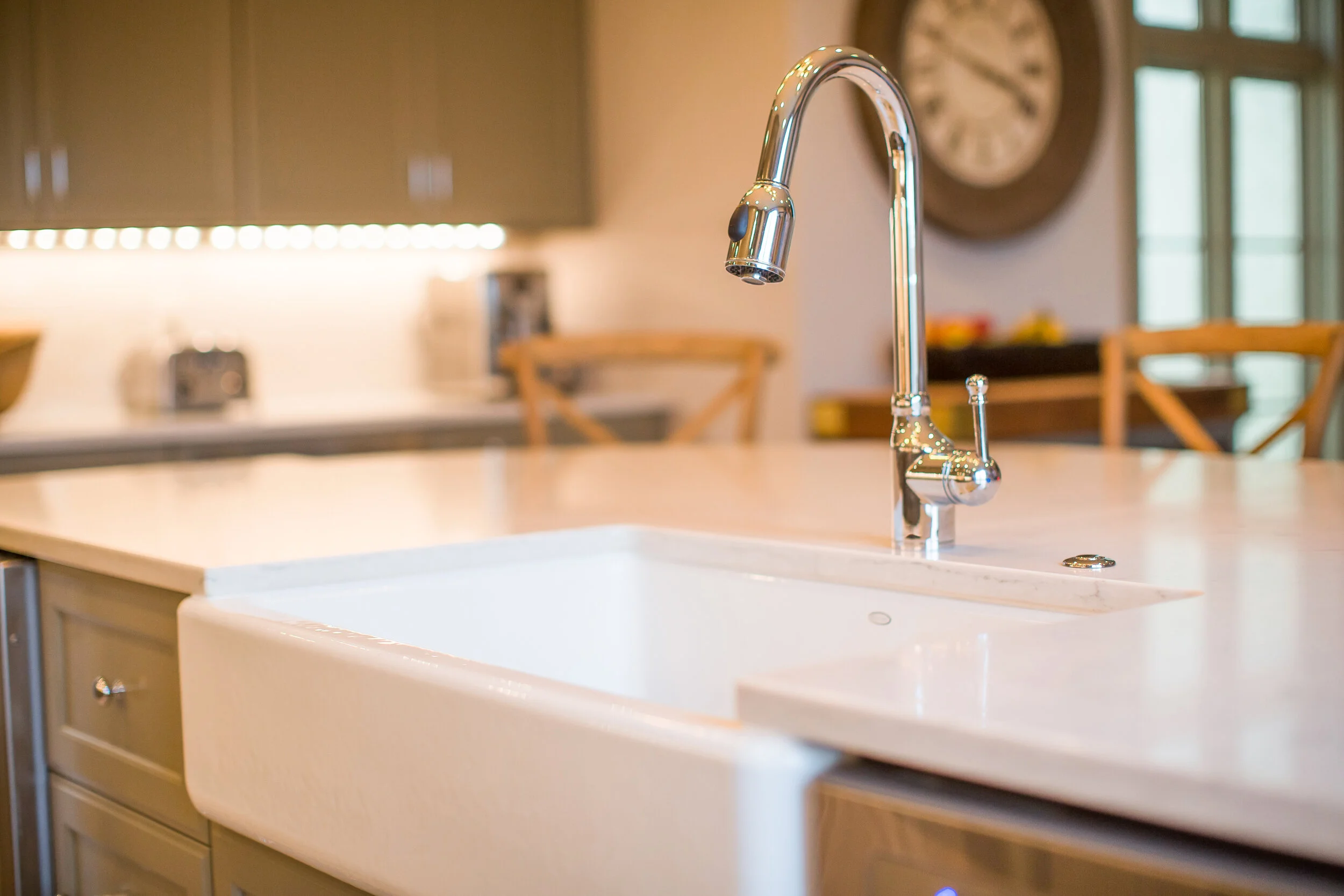
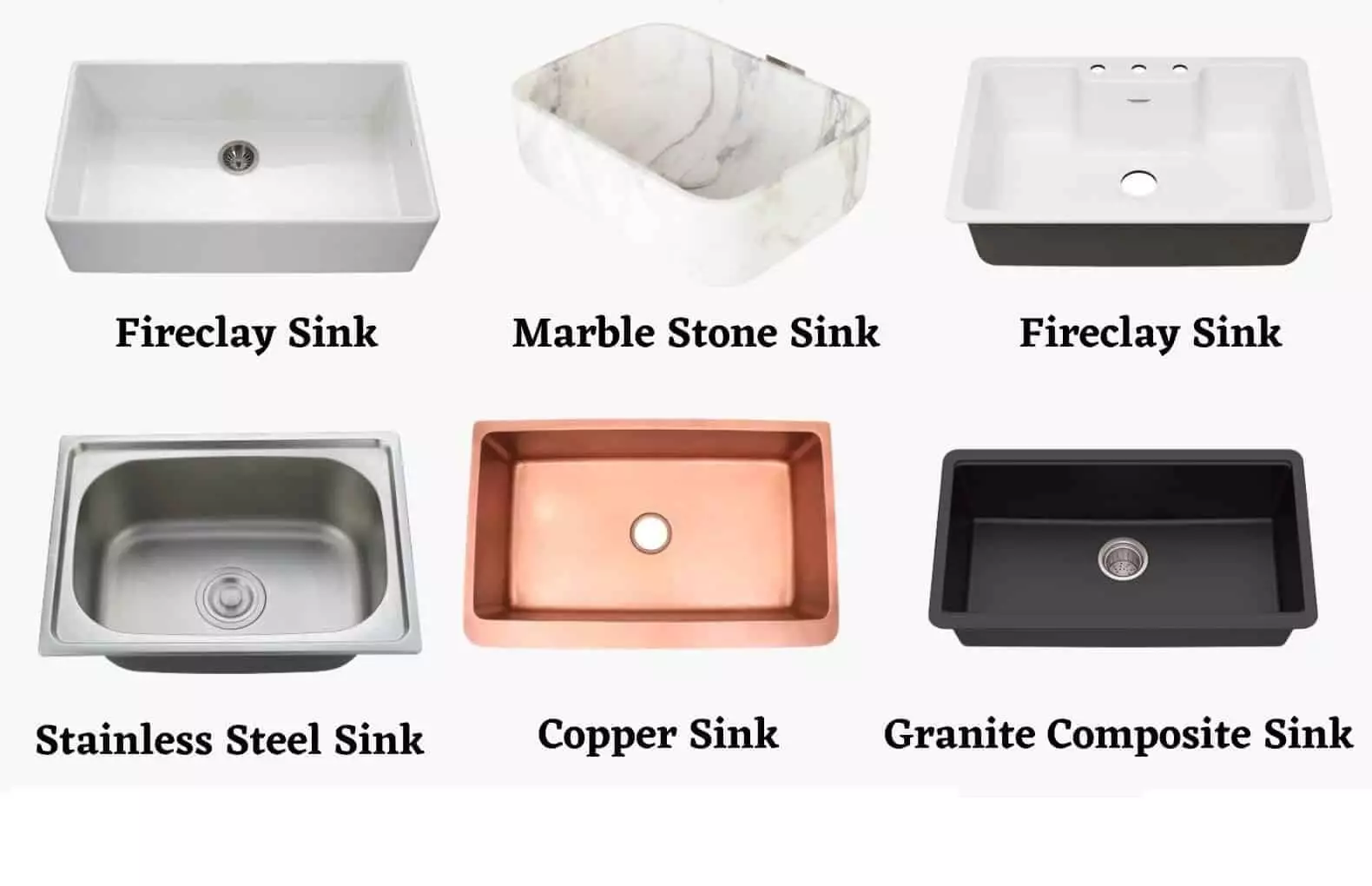
/Basic-kitchen-sink-types-1821207_color_rev-0b539306b9ef4236a136624ad2a89a4c.jpg)

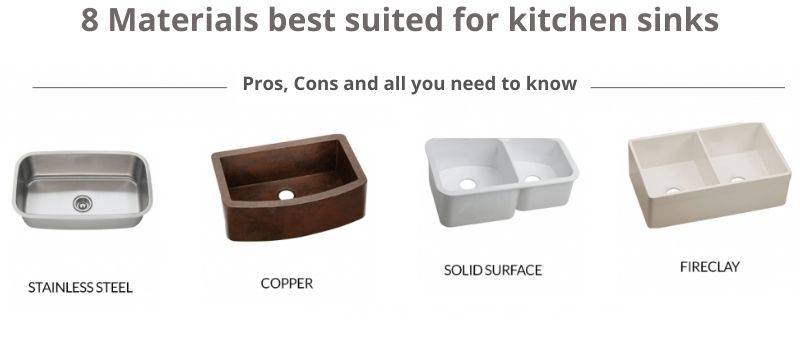

:max_bytes(150000):strip_icc()/Low-DivideKitchenSink-5a763707119fa8003735e84a.jpg)















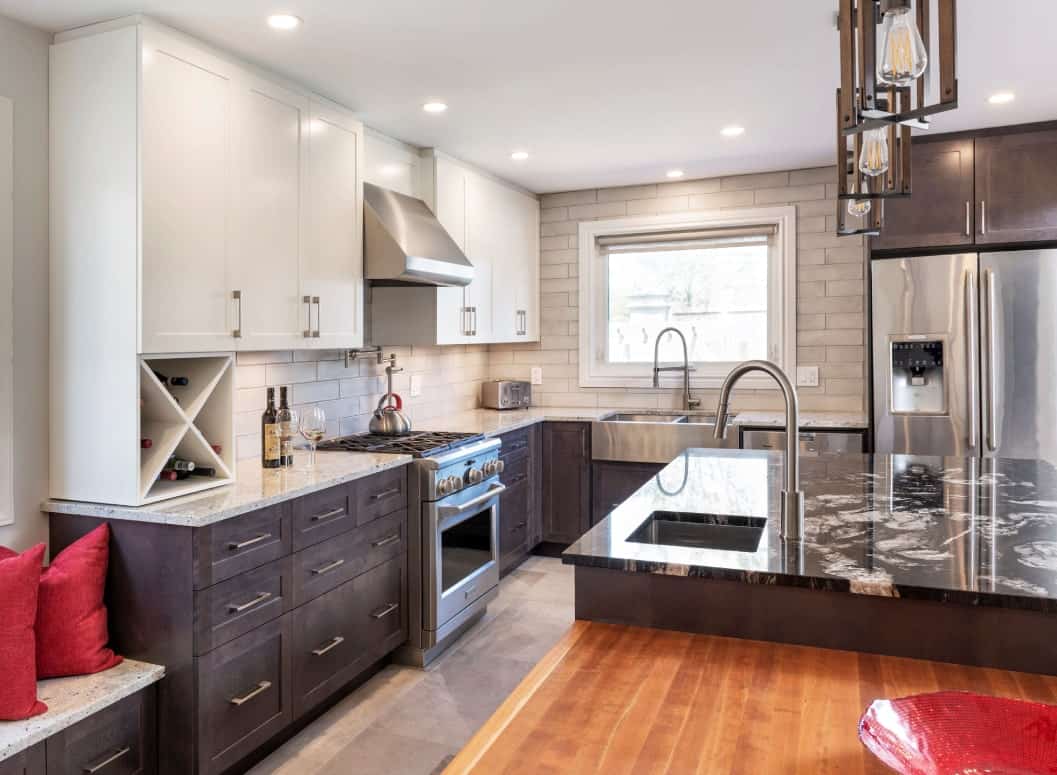



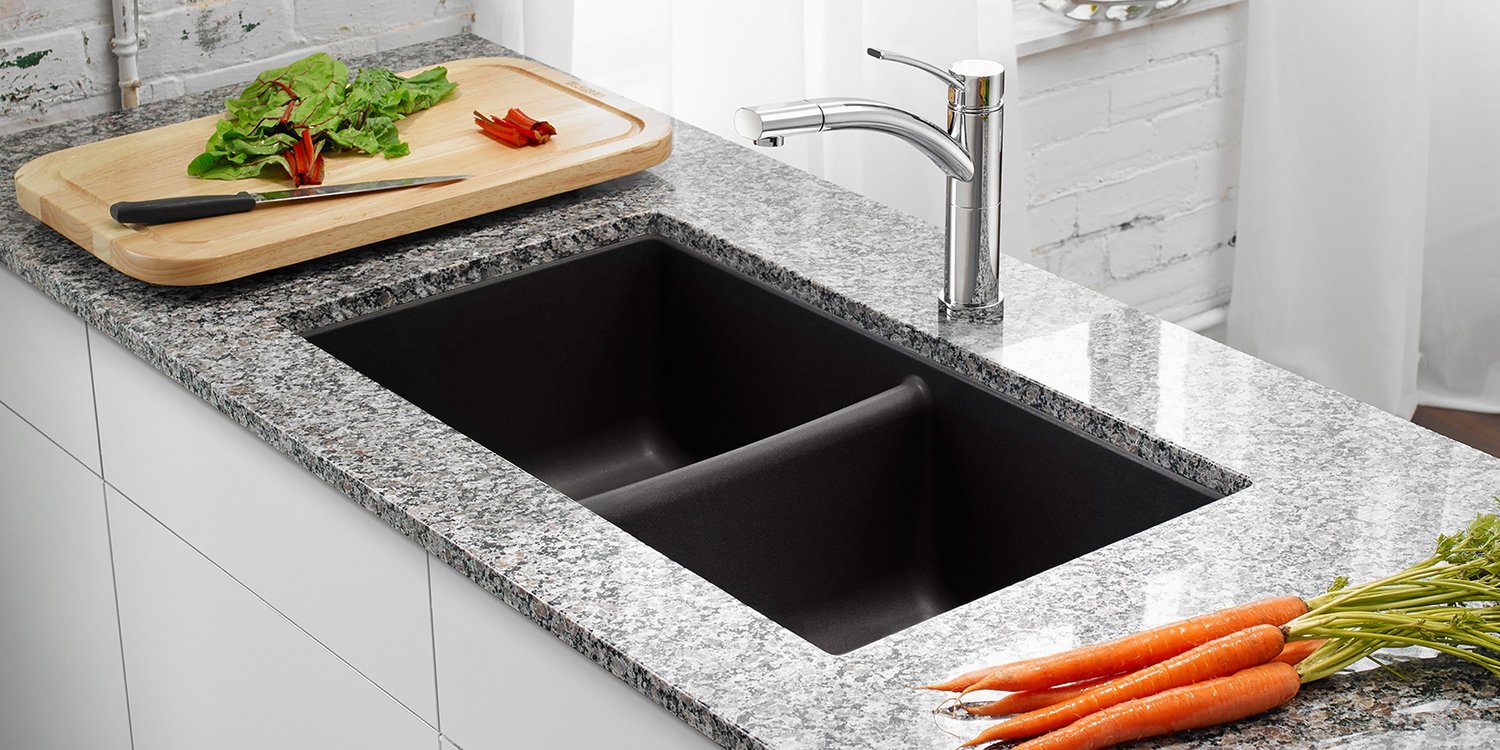







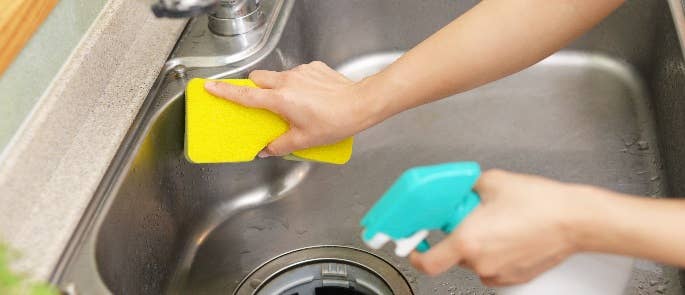
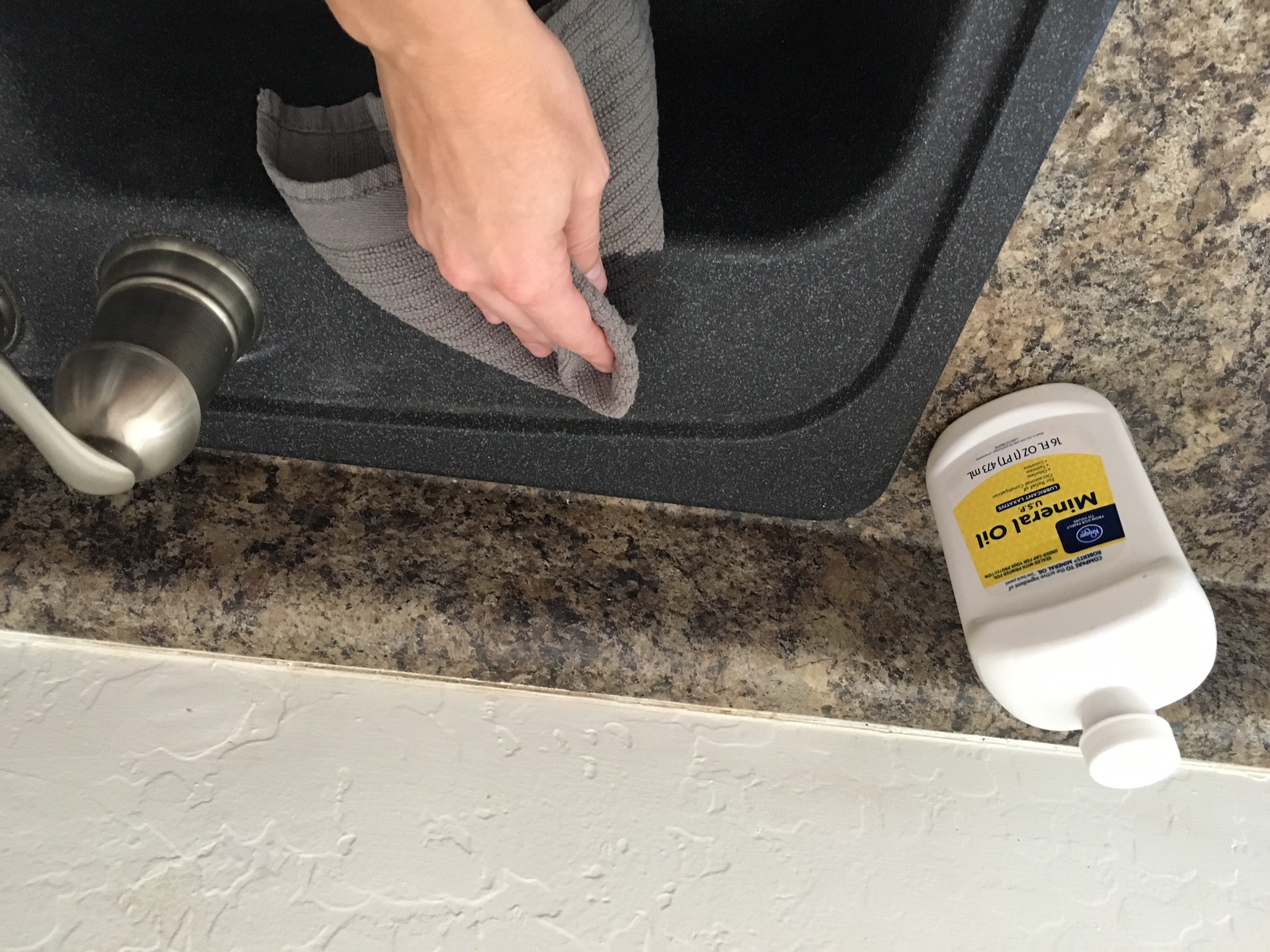







:max_bytes(150000):strip_icc()/Chuck-Schmidt-Getty-Images-56a5ae785f9b58b7d0ddfaf8.jpg)


